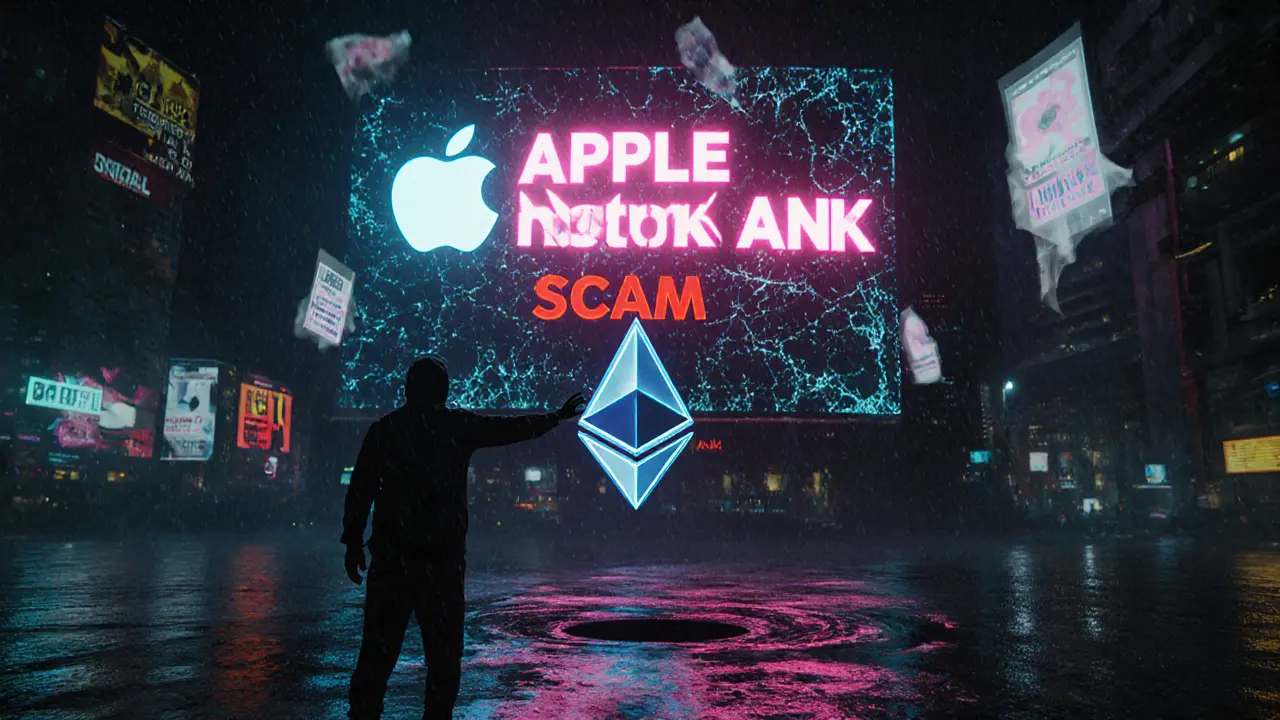Apple Network ANK: What It Is, Why It Matters, and What You Need to Know
When people talk about Apple Network ANK, a blockchain-based network rumored to be tied to tokenized asset trading. It’s not affiliated with Apple Inc., despite the name, and has no public documentation, team, or audit history. Also known as ANK Network, it’s one of dozens of obscure projects popping up in 2025 with vague whitepapers and no real use case. Unlike established chains like Ethereum or Solana, ANK doesn’t support smart contracts, DeFi apps, or NFTs—it’s just a token on a private ledger with zero trading volume on major exchanges.
What makes ANK interesting isn’t its tech—it’s how it fits into a larger pattern. Many new crypto projects today borrow names from big brands to confuse investors. Blockchain network, a decentralized system for recording transactions projects like ANK often appear on CoinMarketCap with fake volume, then vanish within months. This isn’t unique—look at IslandSwap, Libre Swap, or EzyStayz. All had flashy websites, no code, and zero community. Tokenomics, the economic design behind a cryptocurrency’s supply and distribution for ANK is completely hidden. No supply cap. No allocation breakdown. No roadmap. Just a token symbol and a website that looks like a template.
And here’s the real question: why does this keep happening? Because DeFi integration, the process of connecting tokens to decentralized finance platforms is now a buzzword anyone can slap on a site to seem legitimate. But if a project doesn’t connect to Uniswap, PancakeSwap, or any real DeFi protocol, it’s not DeFi—it’s a marketing trick. The posts in this collection show how often these projects are scams, abandoned tokens, or outright rug pulls. You’ll find deep dives into how to spot fake networks, what to check before buying any new token, and why most projects like ANK never survive past their first month.
If you’ve seen ANK pop up on a social media ad or a Telegram group promising quick gains, you’re not alone. But the data doesn’t lie—projects like this rarely have staying power. Below, you’ll find real reviews, forensic breakdowns, and scam alerts that help you tell the difference between a genuine innovation and another ghost token pretending to be the next big thing.




